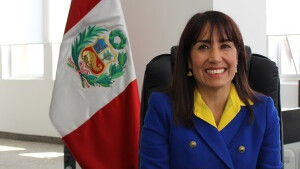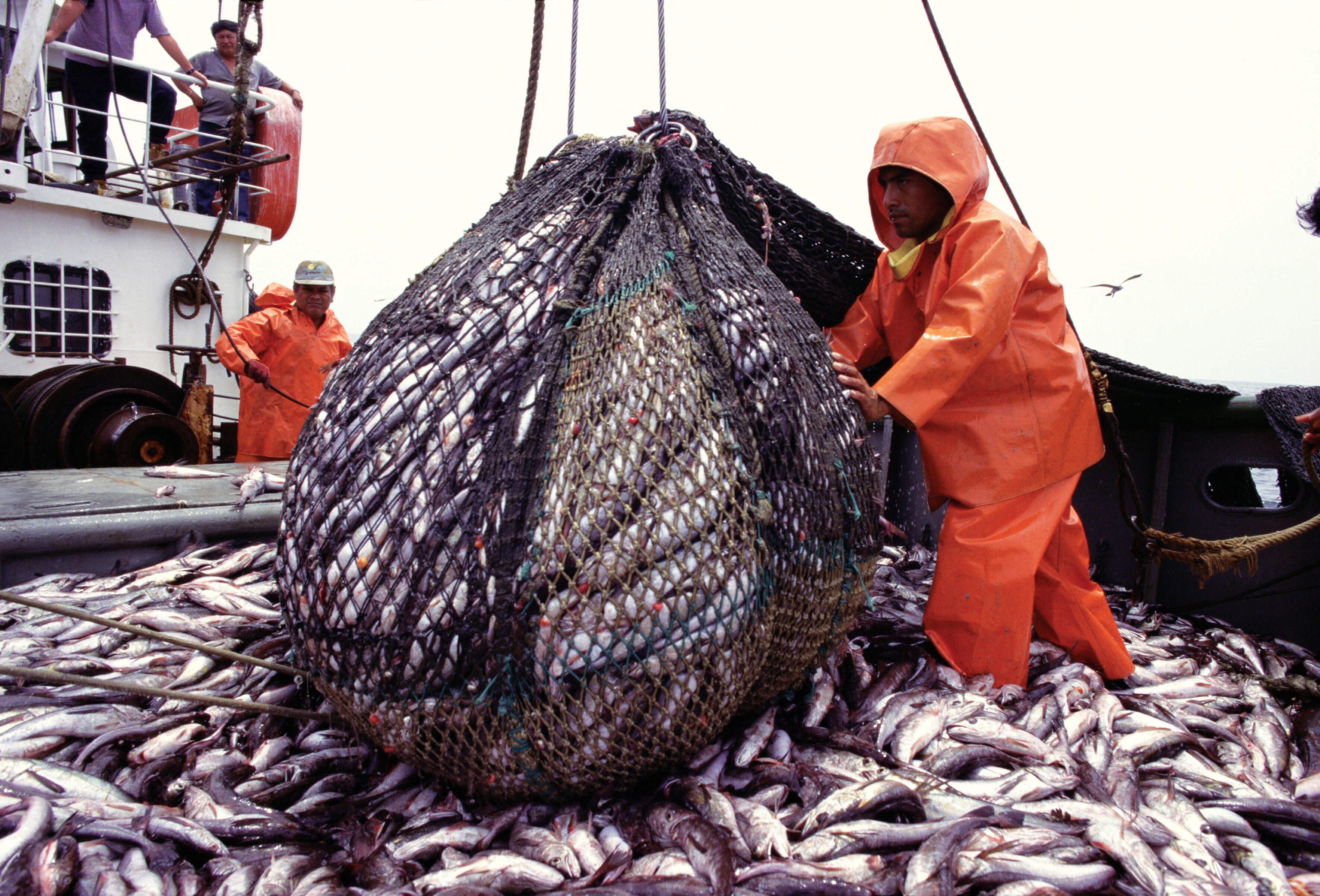Interview with Peruvian Minister for Foreign Trade and Tourism, Magali Silva Velarde-Alvarez
Peru's non-traditional sectors now make up 30% of exports. LatAm INVESTOR interviewed Minister for Foreign Trade and Tourism to find out why...

What impact can the Pacific Alliance have on Peruvian Exports?
It’s a great opportunity for Latin America to show the world how rapidly we can get things done. This trade bloc is a miracle because it’s been put together after just a few years. All of the member countries have the same vision for the future and we recognise that we all have to work together because important parts of our population are in poverty. It is a great opportunity for us to work together as one country, with no borders between us and really integrate ourselves in global supply chain.
But some people say that the Pacific Alliance economies are not complimentary – that they are too similar to work together; do you agree?
No I don’t. There are lots of ways we could work together. For example companies can take the cotton produced in Peru, mix them with the synthetic fibres industry in Colombia and maybe take advantage of Chile’s logistics infrastructure to export the goods. Or another good example is the avocado. All four member countries produce avocado but we do so at different times of the year. That means that together we can fulfil contracts to supply the world all year around.
Also it’s important to remember that the Alliance isn’t just about exporting to each other but more about trading between member states to export to fast-growing markets in Asia or the Middle East. For example, we are now pooling our efforts to open up joint trade missions in places like Vietnam and Istanbul.
When British investors think about the Peruvian economy they think about mining, energy or infrastructure opportunities; can you tell my readers about some of the emerging sectors in Peru that could provide an interesting alternative?
Yes, you’re right, that perception is very strong. The UK is the biggest foreign investor in Peruvian mining, but there are lots of other sectors. In fact the non-traditional parts of the Peruvian economy represents 30% of exports, so it’s a sizeable and growing area. Value-added agriculture is a big theme at the moment. Peru produces some of the world’s finest gourmet, organic coffees, great asparagus and lots of Quinoa [a cuscus-like grain crop that is native to the Andes]. We are also the world’s biggest producer of fishmeal, while sales of exotic sea fauna, such as giant squid, are rocketing in Asia.

Tourism is another area with lots of potential. We are lucky that Peru can offer every type of tourism, from families to adventure lovers. In Lima you have very rich cultural city, with historic sites and museums. Then of course we have amazing beaches. In fact I think that could be an interesting opportunity for your readers because these beaches need to be more developed and need the infrastructure, such as hotels and restaurants, to support more tourism. Another interesting niche is eco tourism. We have lots of features, such as the Amazon, the Andes and the world’s highest lake, Titicaca, that offer a unique opportunity to tourist developers.
Yet Peruvian faces serious challenges in these areas. Poor productivity hampers the agricultural sector while early reports suggest that the El Niño phenomenon could be particularly tough this year – wreaking havoc for both farmers and tourists. What are you doing to combat these problems?
Look, when it comes to El Niño it is still too early to say what will happen. But yes you are right that it has the potential to cause trouble. As a result we have extensive contingency plans in place this time around. This government has issued a fund of PEN3billion [£640million] to finance contingency planning. The money is being divided amongst the Agriculture, Transportation and Communications and Defence Ministries to ensure that we are ready. River beds will be cleaned and dredged and plans will be in place. Work as already started and will be complete by October.
As for the productivity issue here at the Ministry we are working hard to make our local producers more competitive. Peru is also investing heavily in modernising its agriculture. Our scientists are producing new blends of seeds that produce higher yields. We have also introduced modern irrigation techniques. In some areas these methods have helped increase quinoa yields to 6,000 kilograms per hectare from 1,000. So we are making great advances. Of course the final piece in the productivity puzzle is infrastructure. Our government is working hard to improve the transport links around the country, which will help our producers export their goods more efficiently.
"Something that helps us a lot on the marketing side of things is the current boom in Peruvian gastronomy…"
Of course another way to boost productivity is by adding value. So for example, instead of just exporting oranges we are now turning this into juice. We are also focussing in market niches where we have an advantage. So with the asparagus or coffee, we win market share by virtue of being free of GM or chemicals. We are also working to market the benefits of our produce. For example the quinoa grain has amazing health properties that markets in Europe and America are finally starting to benefit. Indeed sales are up 250% in the first quarter of 2014 compared to the same time last year.
Something that helps us a lot on the marketing side of things is the current boom in Peruvian gastronomy. One of our top chefs, Virgilio Martinez, recently had his Central restaurant ranked as the 15th best restaurant in the world. Some of your readers may know of him as he also runs the very successful Lima restaurant in London. International recognition like this helps drive interest in Peruvian cuisine and demand for our food products.